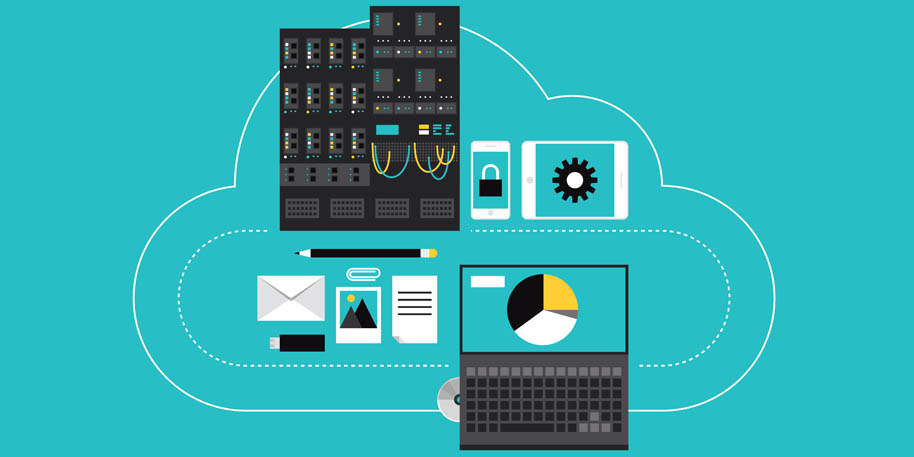Today, DC operators need to maintain extremely high levels of availability, whilst significantly reducing energy consumption. DCIM (Data centre infrastructure management) can play a vital role in this. All points of the DC power infrastructure can be equipped with sensors and supporting hardware, allowing for analysis of power usage effectiveness.
To realise genuinely significant energy savings, it is vital that you know exactly how and where energy is being used. Besides providing alerts, DCIM is essential for generating, filtering and storing performance data which can serve as the basis for finding faults and inefficiencies, as well as realising improvements and enhancements. A centralised system can store detailed information about the physical equipment, including detailed information on energy usage and patterns.
Peak performance
DCIM can help determine exactly which are the least efficient IT areas, so you know where to focus improvement efforts. Furthermore, it can ensure that UPS, generators and PDUs constantly operate at peak performance, but don’t trip.
Keeping components up to date
If you know where all your assets are and what their status is, you can easily replace components as soon as more energy-efficient versions become available without closing down servers or shutting down the entire facility. It becomes easier to find the energy ‘sweet spot’ for different devices, as opposed to simply running the largest amount of power through the facility. Furthermore, best practices and designs can be effortlessly copied and scaled, which means any energy-saving processes specific to your own business can be reproduced and leveraged.
No more blind spots
Of course, ‘lost’ parts of a DC infrastructure can consume energy without contributing much, if anything to overall performance. Manually managed infrastructure data typically has a 10% error rate* and 20-40% of ports in a network are forgotten over time**. It also takes a great deal of staff time. Updates are automatically generated when new devices are integrated or changes are made. Unused patch panels and ports in active equipment are immediately detected. Also, dreaded energy-consuming intrusions such as zombie servers and vampire loads can be detected and tackled rapidly and efficiently.
Faster fault finding
A data center can easily contain 10,000 individual assets. Once a service ticket has been issued, a maintenance tech might easily spend a day locating a faulty asset or link. If the fault involves wasting large amounts of energy, getting to grips with it is vital. status and location of assets can be dynamically monitored, along with parameters such as temperature and humidity.
Clever cooling
Almost half of all energy consumed by data centres is used for cooling servers. Data centers hare notoriously overcooled. Recent performance-optimisation breakthroughs allow outside air to be used for cooling, instead of air conditioning systems. By carefully monitoring cooling, this can be more easily adapted to requirements. Cooling requirements can be accurately matched to capacity planning.
Smart distribution
Instead of adding servers - and boosting related energy consumption for cooling and so on - whenever more capacity is required, DCIM can help determine where CPUs might be under-utilised and shift workload accordingly. ‘Ghost servers’, which run no applications at all yet still consume considerable amounts of power, can be tracked down quickly.
According to analyst firm Gartner, DCIM tools can reduce operating expenses by as much as 20% and extend the life of a data center by as much as five years. After all, the longer the active life of a component - providing no alternatives are available which perform significantly better in the area of energy efficiency - the more sustainable that component becomes.
Apart from drastically reducing energy consumption, a DCIM solution can reduce time spent on creating inventories, capacity is freed up to spend on core tasks, which actually contribute to the bottom line. Management reporting improves significantly, as does documentation on which strategic choices and hardware purchases are based.





